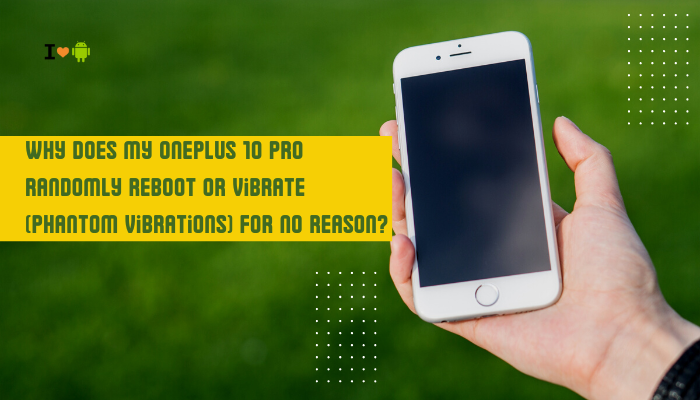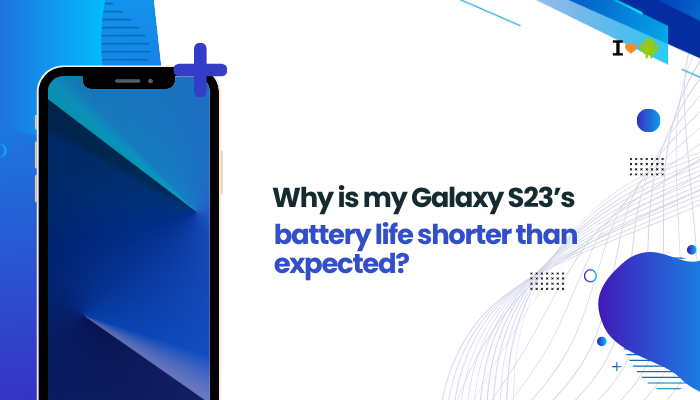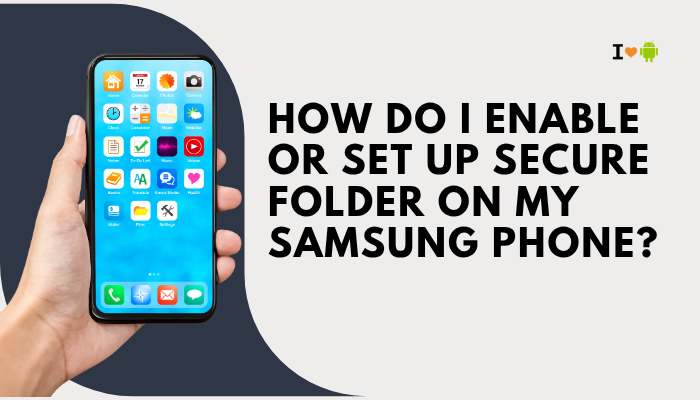A sluggish Moto G, Moto E, or Moto Edge can be frustrating, especially when you rely on your phone for communication, work, and entertainment.

Common Causes of Sluggish Performance
- Outdated Software
- Older Android or Moto software lacks optimizations present in newer updates.
- Insufficient Free Storage
- When available space drops below 10–15%, Android struggles to manage temporary files and cache.
- Background Apps and Services
- Apps running in the background consume CPU, RAM, and battery.
- High-Resolution Animations
- Fancy transitions and high refresh rates can overtax mid-range chipsets.
- Malware or Bloatware
- Unwanted or malicious apps may run hidden processes, slowing the device.
- Aging Battery
- A degraded battery can’t supply consistent power, leading to performance throttling.
- Corrupted Cache or Data
- Accumulated temporary files or bad app data cause hiccups.
- Hardware Limitations
- Entry-level Moto E models or older Moto G variants may struggle with resource-heavy tasks.
Diagnosing the Problem
Before diving into fixes, identify the main culprit:
- Check Software Version
- Settings → System → About phone → Android version and System updates.
- Review Storage Usage
- Settings → Storage to see free vs. used space.
- Monitor Battery & Performance
- Settings → Battery → Battery usage reveals apps with high CPU or wakelocks.
- Use Built-in Performance Tools
- Many Moto phones include Moto Actions → Performance or Device health dashboards.
- Observe When Lag Occurs
- During app launch? Gaming? Scrolling? Pinpoint patterns for targeted troubleshooting.
Step-by-Step Fixes
Update Software and Apps
- System Update
- Go to Settings → System → Advanced → System update.
- Download and install any available updates.
- App Updates
- Open Google Play Store → My apps & games → Update all.
- Keep apps current to benefit from performance improvements.
Free Up Storage Space
- Uninstall Unused Apps
- Settings → Apps & notifications → See all apps → select app → Uninstall.
- Delete Old Media
- Transfer photos and videos to cloud storage (Google Photos) or PC.
- Clear Cached Data
- Settings → Storage → Cached data → Clear cache.
- Use Files by Google
- This utility suggests junk files and large unused files for deletion.
Manage Background Processes
- Restrict Background Activity
- Settings → Apps & notifications → See all apps.
- Select an app → Battery → Background restriction.
- Limit Auto-Start
- In Settings → Battery → App launch, toggle off auto-launch for nonessential apps.
- Force-Stop Resource-Heavy Apps
- If an app spikes CPU or RAM, use Force stop from its App info page.
Optimize Display Settings
- Reduce Animation Scale (Developer Options)
- Enable Developer Options: Settings → About phone → Tap Build number 7×.
- Settings → System → Developer options → Window animation scale, Transition animation scale, Animator duration scale → set to 0.5× or Off.
- Lower Refresh Rate (if supported)
- Settings → Display → Refresh rate → choose 60 Hz instead of 90 Hz/120 Hz.
- Use Dark Theme
- OLED panels consume less power when displaying black pixels, indirectly improving performance under heavy use.
Check for Malware or Malicious Apps
- Run Play Protect Scan
- Open Play Store → Play Protect → Scan.
- Install a Trusted Antivirus
- Apps like Malwarebytes can detect and remove malware.
- Uninstall Suspicious Apps
- Remove any app you don’t recall installing or that shows unusual permissions.
Reset App Preferences
This resets disabled apps, notifications, default apps, and background restrictions—without deleting app data.
- Settings → Apps & notifications → See all apps.
- Tap the three-dot menu → Reset app preferences → Reset.
Reboot and Use Safe Mode
- Reboot clears temporary glitches.
- Safe Mode disables third-party apps:
- Long-press Power button → long-press Power off → OK to reboot into Safe Mode.
- Observe performance—if lag disappears, a third-party app is at fault.
- Exit Safe Mode by restarting normally; then uninstall suspect apps.
Advanced Optimizations
Custom Android Tweaks (For Power Users)
- Lightweight Launchers
- Replace heavy OEM launcher with Niagara Launcher or Lawnchair.
- Trim RAM with Third-Party Tools
- Apps like Greenify can hibernate apps, reducing RAM usage. (Requires no root for basic features.)
- Disable Unused System Apps
- In Developer Options, Enable USB debugging.
Use ADB on PC to disable bloatware:
bash
CopyEdit
adb shell pm disable-user --user 0 com.motorola.unwantedappCaution: Disabling critical packages may destabilize your system.
Factory Reset and Firmware Reflash
Use as a last resort when all else fails. Backup personal data first.
- Factory Reset
- Settings → System → Reset options → Erase all data (factory reset).
- Reboot and test performance before restoring apps.
- Reflash Official Firmware
- Download Moto’s official ROM for your exact model from Motorola’s support site.
- Install Android SDK Platform Tools and follow Motorola’s flashing guide.
- This restores the device to stock software, eliminating deep-seated software corruption.
Preventive Tips for Long-Term Smoothness
- Regularly Update your OS and apps to patch performance-related bugs.
- Keep Storage Above 15% free to allow Android to manage cache and virtual memory.
- Uninstall Unused Apps promptly to reduce background load.
- Reboot Weekly to clear hidden glitches and free RAM.
- Avoid Resource-Heavy Widgets like live weather or news tickers.
- Use Lite Versions of apps (e.g., Facebook Lite, Twitter Lite) if your model struggles.
- Monitor with Performance Apps such as CPU-Z or DevCheck to identify spikes.
Troubleshooting Summary Table
| Issue | Likely Cause | Quick Fix |
| System-wide lag after update | Buggy firmware | Check for patch update; clear cache partition |
| App launch slow or unresponsive | Insufficient RAM/storage | Free up storage; close background apps |
| UI animations stutter | High animation scale or refresh rate | Reduce animation scale; lower refresh rate |
| Battery drains fast while phone idle | Background sync or rogue app | Restrict background activity; uninstall suspect apps |
| Random freezes or stutters | Corrupted cache/data | Clear app cache; reset app preferences |
| Slow performance only in one app | App-specific optimization issue | Update or reinstall the app; check for compatibility |
| Device hot and sluggish | Overheating | Remove case; cool down phone; avoid heavy use in high temps |
Frequently Asked Questions (FAQ)
Q1: Will clearing cache delete my photos and messages?
A: No—clearing cache only removes temporary system files. Your personal media and messages remain intact.
Q2: Is using a third-party task killer helpful?
A: Generally no—Android manages memory efficiently. Task killers often harm performance by forcing apps to restart repeatedly.
Q3: Does a factory reset really speed up my phone?
A: Yes—resetting removes all software clutter and restores your phone to a clean state, which often eliminates lag.
Q4: Can I replace my Moto G/E/Edge’s battery to improve performance?
A: A fresh battery can prevent power-related throttling, but it won’t fix software-caused lag.
Q5: How often should I reboot my phone?
A: Once per week is sufficient to clear temporary glitches and free up resources.
Conclusion
A lagging Moto G, Moto E, or Moto Edge typically results from software inefficiencies, storage constraints, background processes, or hardware limits. By following the step-by-step fixes—updating software, freeing storage, managing apps, and tweaking display settings—you can restore fluid performance. For power users, advanced tweaks like custom launchers, ADB bloatware removal, or a factory reset may further optimize your device. Finally, adopting preventive practices ensures your Motorola phone remains swift and responsive for years to come.



